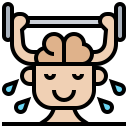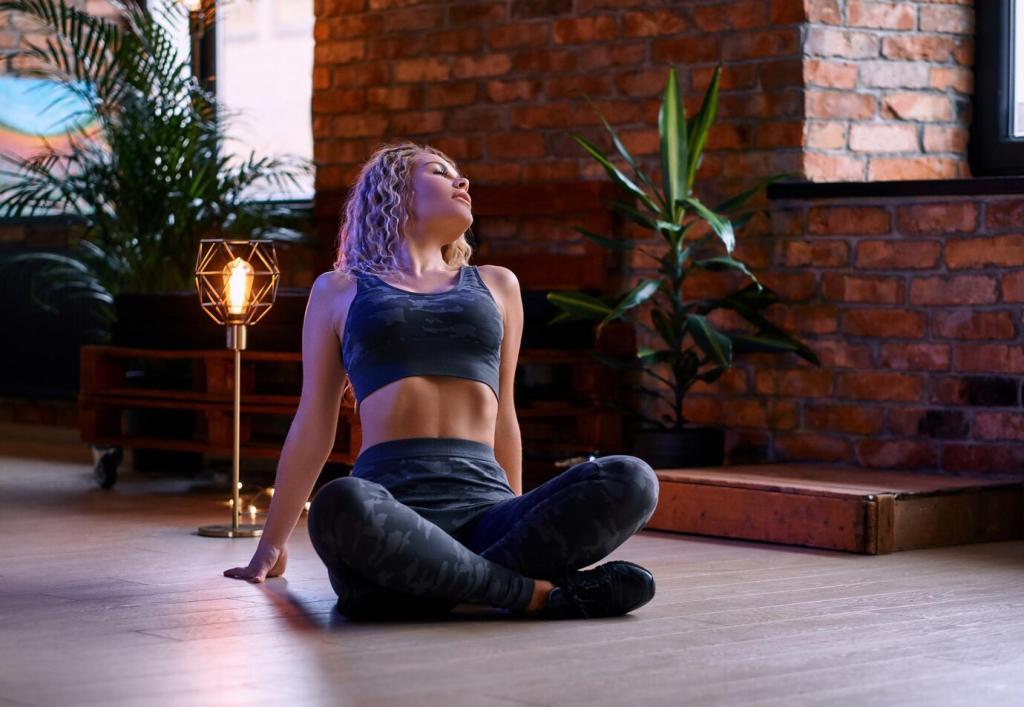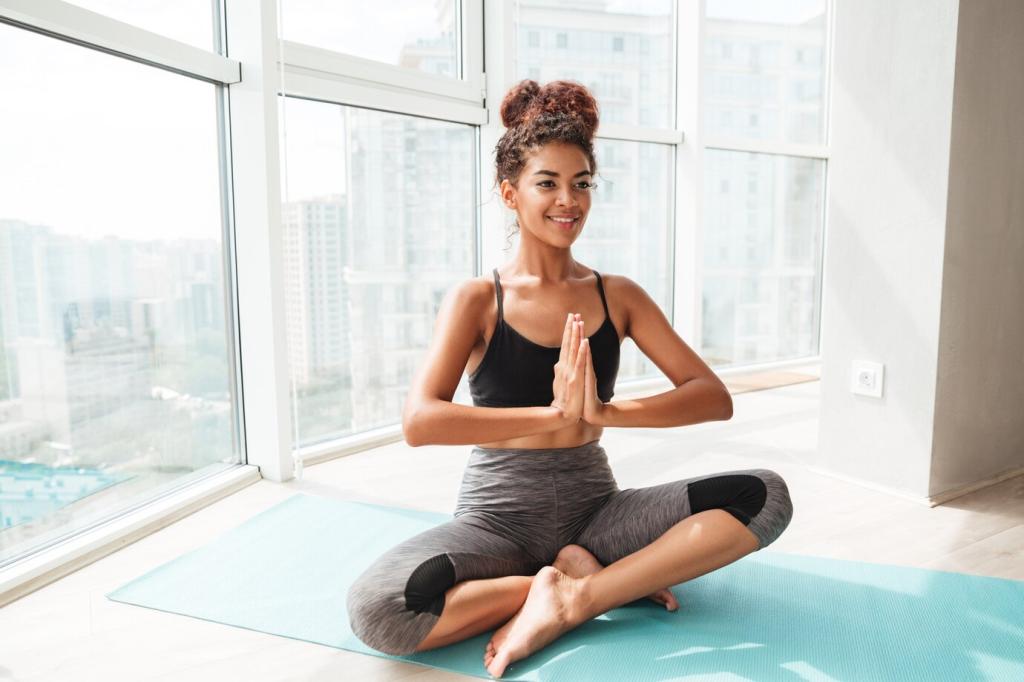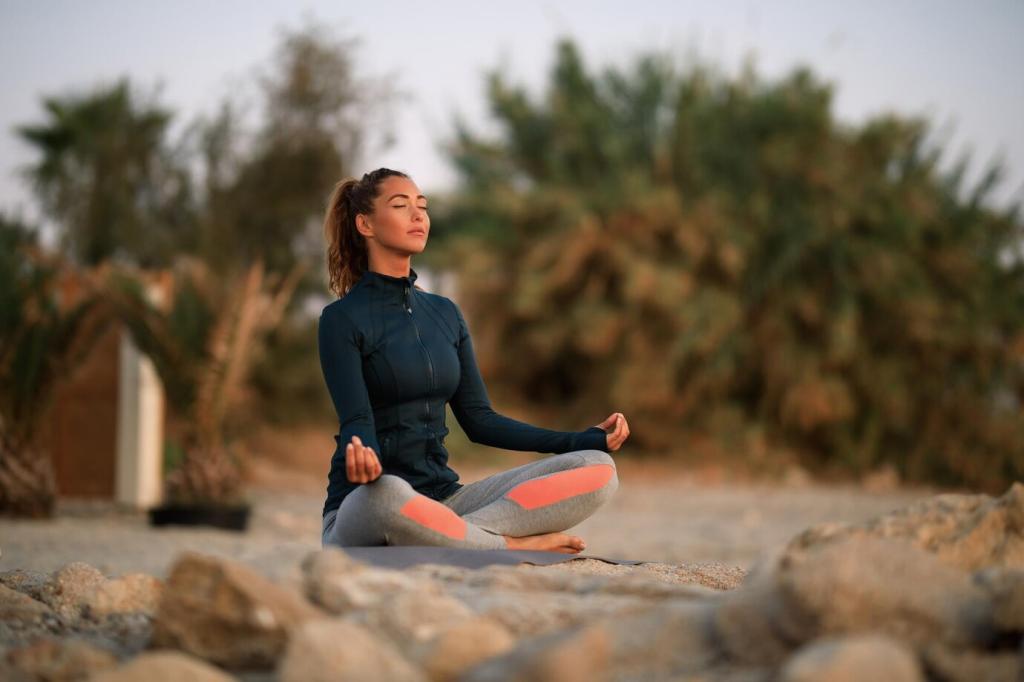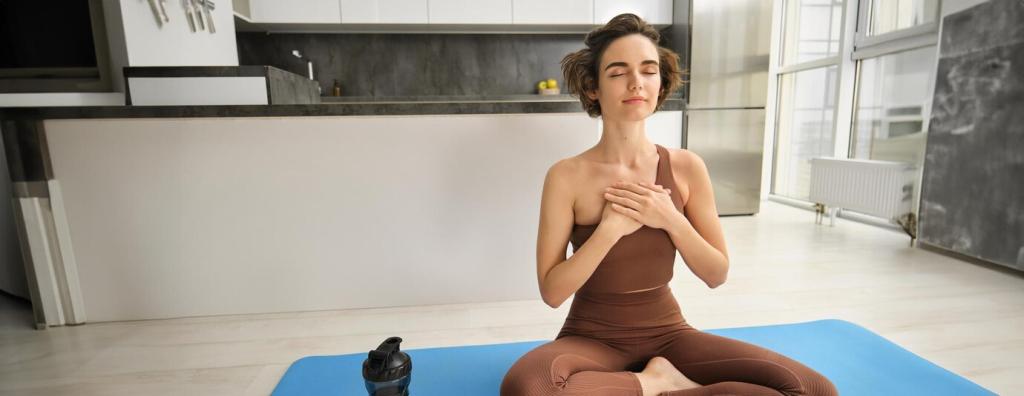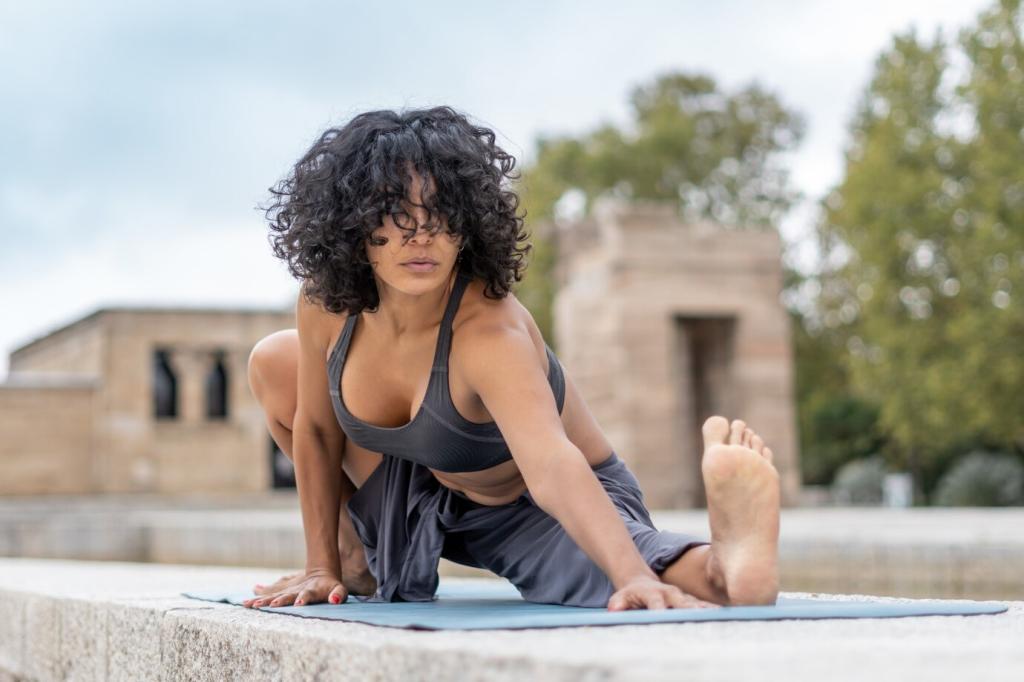Focus Routines for Competition Day
Craft a 90-second sequence: three slow breaths, one grounding cue, one visual rehearsal, one physical check. Keep it identical each time to reduce uncertainty. Athletes report calmer starts and fewer early mistakes. Try it this weekend and tell us how your opening minutes felt.
Focus Routines for Competition Day
Use a quick anchor: exhale, drop shoulders, name one useful cue, re-engage. The ritual prevents spirals after errors. Teammates can mirror the reset to sync momentum. Comment with your sport and we’ll help design a reset tailored to your demands.
Focus Routines for Competition Day
In the gaps, scan breath, feel ground contact, and re-center attention on the next task. This keeps focus forward, not stuck on the last play. Share your between-play checklist, and subscribe for a printable card you can keep in your kit bag.
